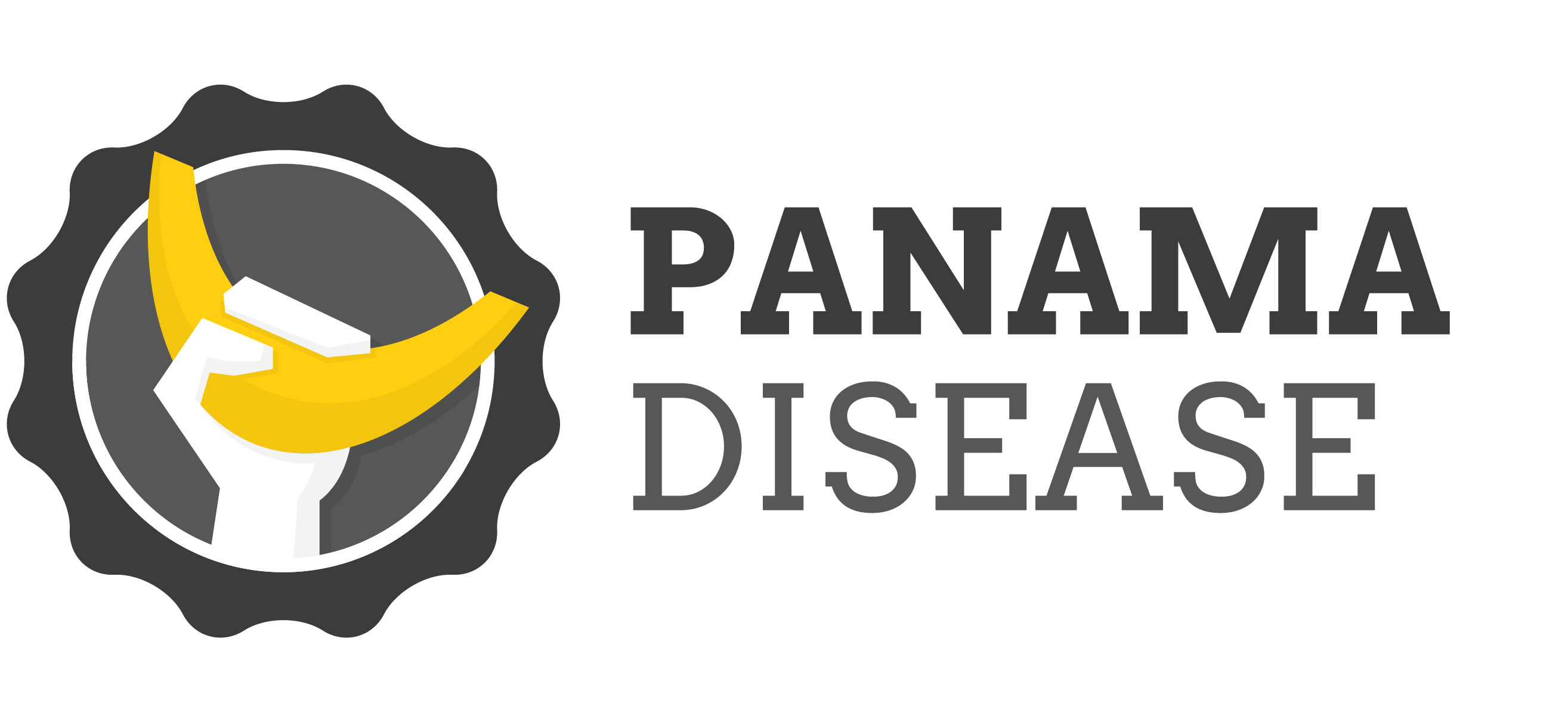DNA of banana fungus unravelled for more sustainable banana crops
DNA of banana fungus unravelled for more sustainable banana crops. An international consortium led by Prof. Gert Kema from Wageningen University and Research has unravelled the DNA of Pseudocercospora fijiensis, the fungus that causes the dreadful black Sigatoka disease in bananas. The findings provide leads for increasing the sustainability of banana cultivation. For instance through the development of a resistant banana plant. The results were published in the scientific magazine PLoS Genetics.
Read more at: http://www.wur.nl/nl/nieuws/dna-banana-black-sigatoka.html
Read more at: http://journals.plos.org/plosgenetics/article?id=10.1371/journal.pgen.1005876
More information about Black Sigatoka
Black Sigatoka or black leaf streak disease, caused by the ascomycete fungus Pseudocercospora fijiensis, inflicts huge costs on banana producers, due to crop losses and expenses for disease control. The global banana export trade relies on Cavendish clones that are highly susceptible to P. fijiensis. Sustainable production of the world’s number one fruit requires a better understanding of host resistance and sophisticated management of fungicide resistance in the pathogen. In the P. fijiensis genome sequence we identified an effector that induced an HR-like necrosis on a resistant banana accession but not on a susceptible cultivar. If validated, this assay may be useful for identifying resistance in banana breeding programs. We also used the genomic sequence to develop highly polymorphic molecular markers for analyzing P. fijiensis field populations and identified a strong enrichment (nearly 100%) for fungicide resistance markers in fungicide-treated banana plantations compared to untreated wild-type populations. This rapid evolution of fungicide resistance poses an immediate threat to sustainable banana production.

Recent Comments